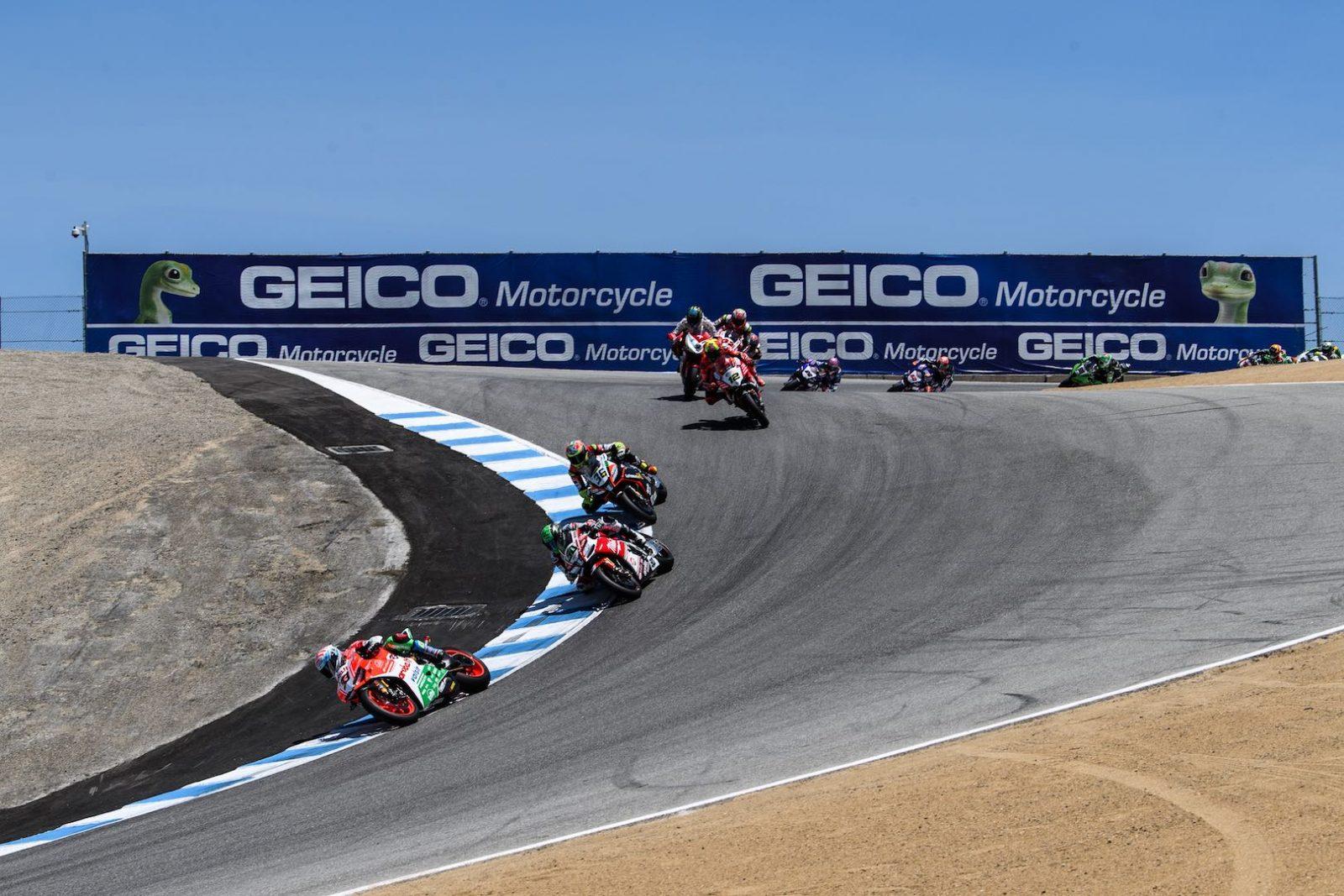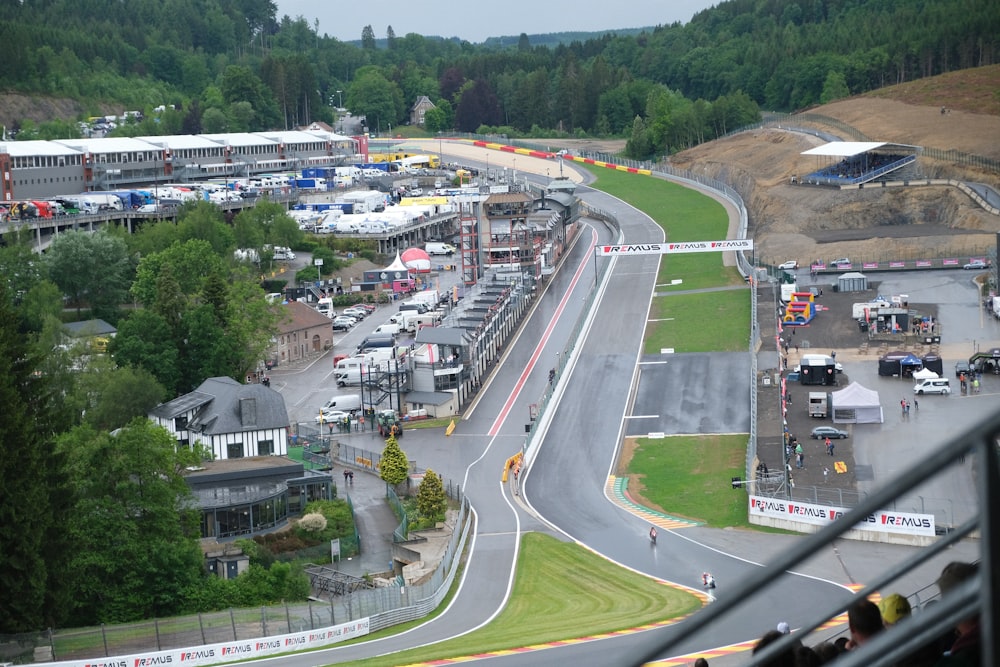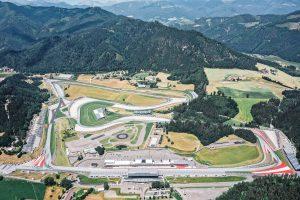
Laguna Seca Raceway, also known as WeatherTech Raceway Laguna Seca, is a world-renowned racing circuit located near Monterey, California. Established in 1957, the race track has hosted numerous prestigious motorsport events and has seen legendary drivers challenge its twists and turns. With a rich history and unique features, Laguna Seca has become a must-visit destination for motorsport enthusiasts from around the globe.
History of Laguna Seca
Origins
Laguna Seca Raceway was constructed in 1957 as a replacement for the Pebble Beach Road Races, which were deemed too dangerous. The race track was built around a dry lake bed, hence its name “Laguna Seca,” which translates to “Dry Lagoon” in Spanish. The initial construction cost was $1.5 million, with funds raised from local businesses and individuals.
First Race and Track Evolution
The first race held at Laguna Seca was on November 9, 1957, and was won by Pete Lovely driving a Ferrari. Over the years, the track has hosted numerous prestigious racing events, including the Superbike World Championship, USRRC, WSBK Superbike World Championship, American Le Mans Series, Trans-Am, IMSA GT, CART, Grand American, Can-Am, Monterey Historic Automobile Races, Formula 5000, Speed World Challenge, AMA (American Motorcyclist Association), and MotoGP motorcycle races.
The track has undergone multiple changes since its inception to meet the evolving safety requirements of various racing bodies, such as the Federation Internationale de Motocyclisme (FIM), Federation Internationale de l’Automobile (FIA), and other automotive racing sanctioning organizations.
Track Characteristics
Length and Layout
Laguna Seca Raceway is 2.238 miles long, with a 180-foot elevation change. The track consists of eleven turns, each offering unique challenges to drivers and riders. Over the years, the circuit has been reconfigured to meet evolving safety standards, including the addition of two artificial ponds and the infield area in 1988.
The Corkscrew
Turns 8 and 8A, known as the “Corkscrew,” are the most famous and challenging sections of Laguna Seca. This downhill-plunging set of turns is considered one of the most difficult in the motorsport world, thanks to its 18-meter drop in elevation, blind crest, and uphill approach.
The Corkscrew drops 59 feet between the entrance of Turn 8 and the exit of Turn 8A, equivalent to a 5.5-story drop in just 450 feet of track length. From Turn 8 to Turn 9, the elevation falls 109 feet or just over 10 stories.
Other Notable Turns
While the Corkscrew is the most famous section of the track, other turns have also gained recognition. Turn 2, a challenging double-apex corner, has been renamed the “Andretti Hairpin” in honor of former Formula 1 World Champion Mario Andretti. Turn 9 is known as “Rainey Curve,” named after 500cc Grand Prix motorcycle racing World Champion Wayne Rainey, a resident of nearby Salinas, California. The straight between Turn 6 and Turn 7 is called “Rahal Straight” after four-time consecutive Champ Car race winner Bobby Rahal.
Racing Events at Laguna Seca
Rolex Monterey Motorsports Reunion
Laguna Seca is home to the annual Rolex Monterey Motorsports Reunion, formerly known as the Monterey Historic Automobile Races. This event is considered one of the two greatest historic racing events globally, along with the Goodwood Festival in England. The Reunion features an eclectic mix of race cars on the course, attracting motorsport enthusiasts from around the world.
MotoGP Return and IndyCar Races
MotoGP returned to Laguna Seca in 2005 after an 11-year hiatus, prompting further adjustments to the track for safety reasons. In 2019, after a 15-year absence, IndyCar also returned to the circuit, hosting its series finale. The track continues to host a variety of motorsport events, showcasing its versatility and appeal to racing fans.
Location
Laguna Seca Raceway is situated between Monterey and Salinas, just off the Monterey-Salinas Highway. The closest airport to the circuit is Monterey Regional Airport, which is only 7 miles away and offers flights to several major cities. San Jose International Airport and San Francisco International Airport are 75 miles and 110 miles north, respectively, providing more domestic and international connections.
The best way to reach the race track is by car, with free general admission parking available during major events. Public bus services are also available through Monterey-Salinas Transport, with dedicated bus services offered on major race weekends.
Track Days
Laguna Seca offers track days throughout the year for both cars and motorcycles, giving enthusiasts the opportunity to experience the circuit firsthand. Various companies provide track day experiences, which can be found on the track’s event calendar.
Laguna Seca Raceway is a living testament to automotive sports and an essential destination for motorsport fans. Its challenging layout, rich history, and picturesque location make it a must-visit attraction for any racing enthusiast. Whether you’re attending a historic racing event, participating in a track day, or simply soaking in the atmosphere, Laguna Seca offers an unforgettable experience for all who visit.

